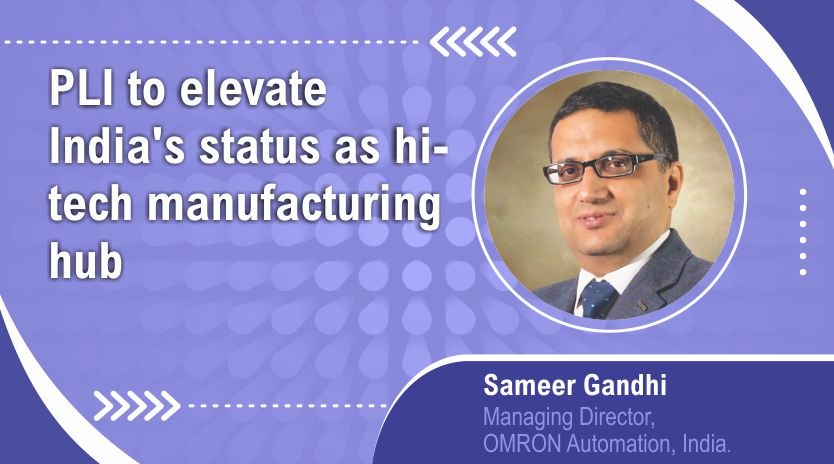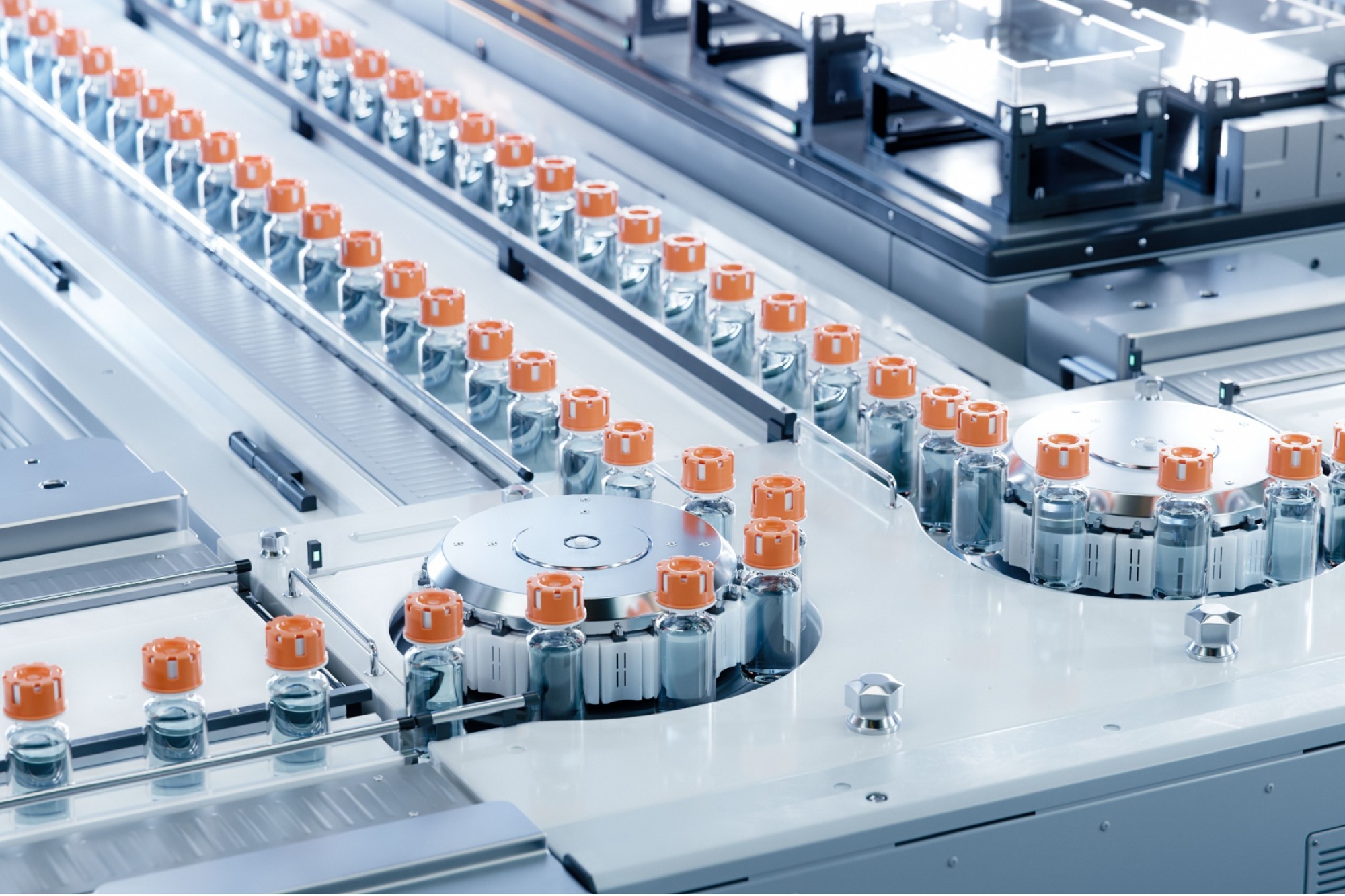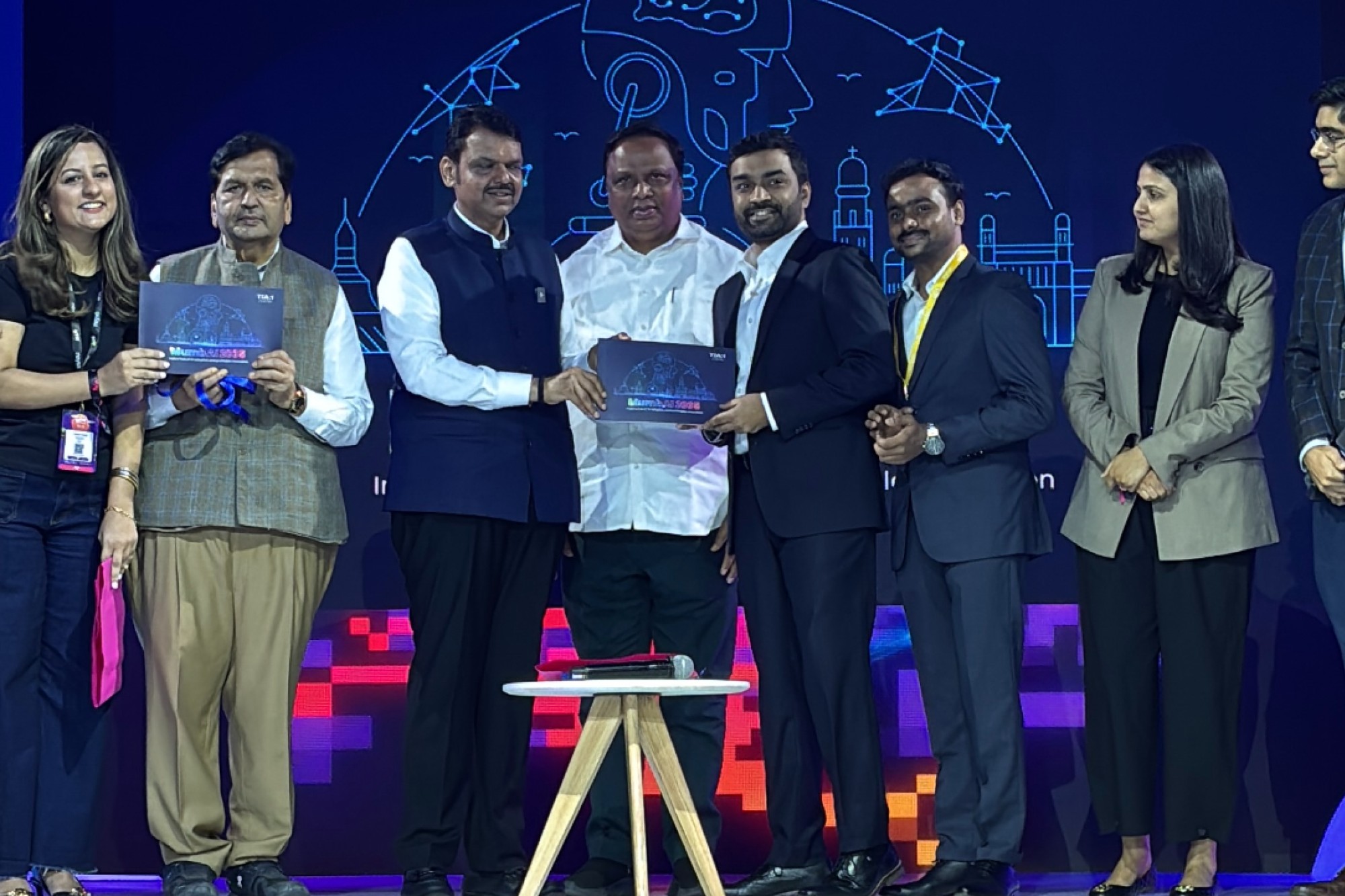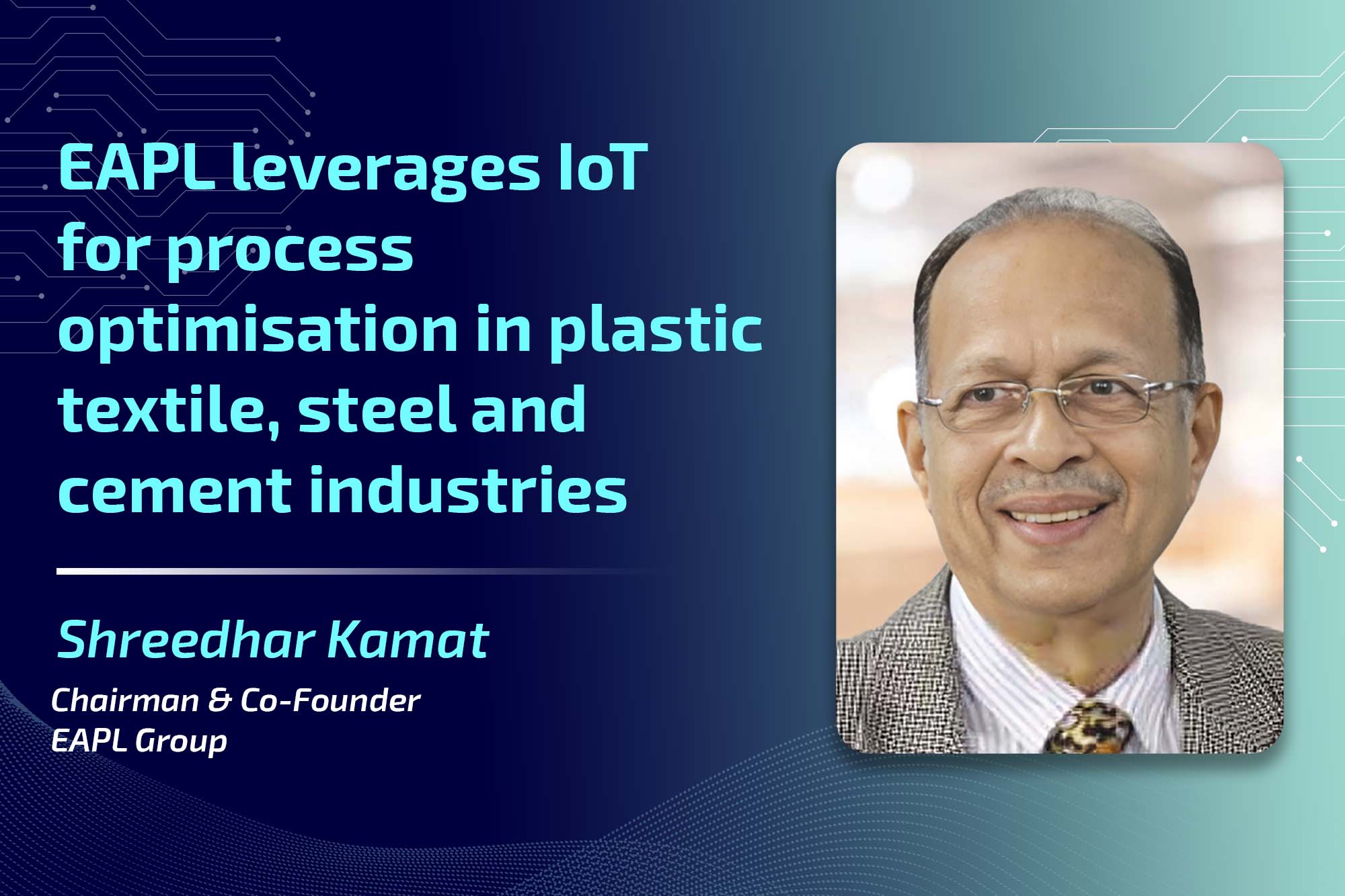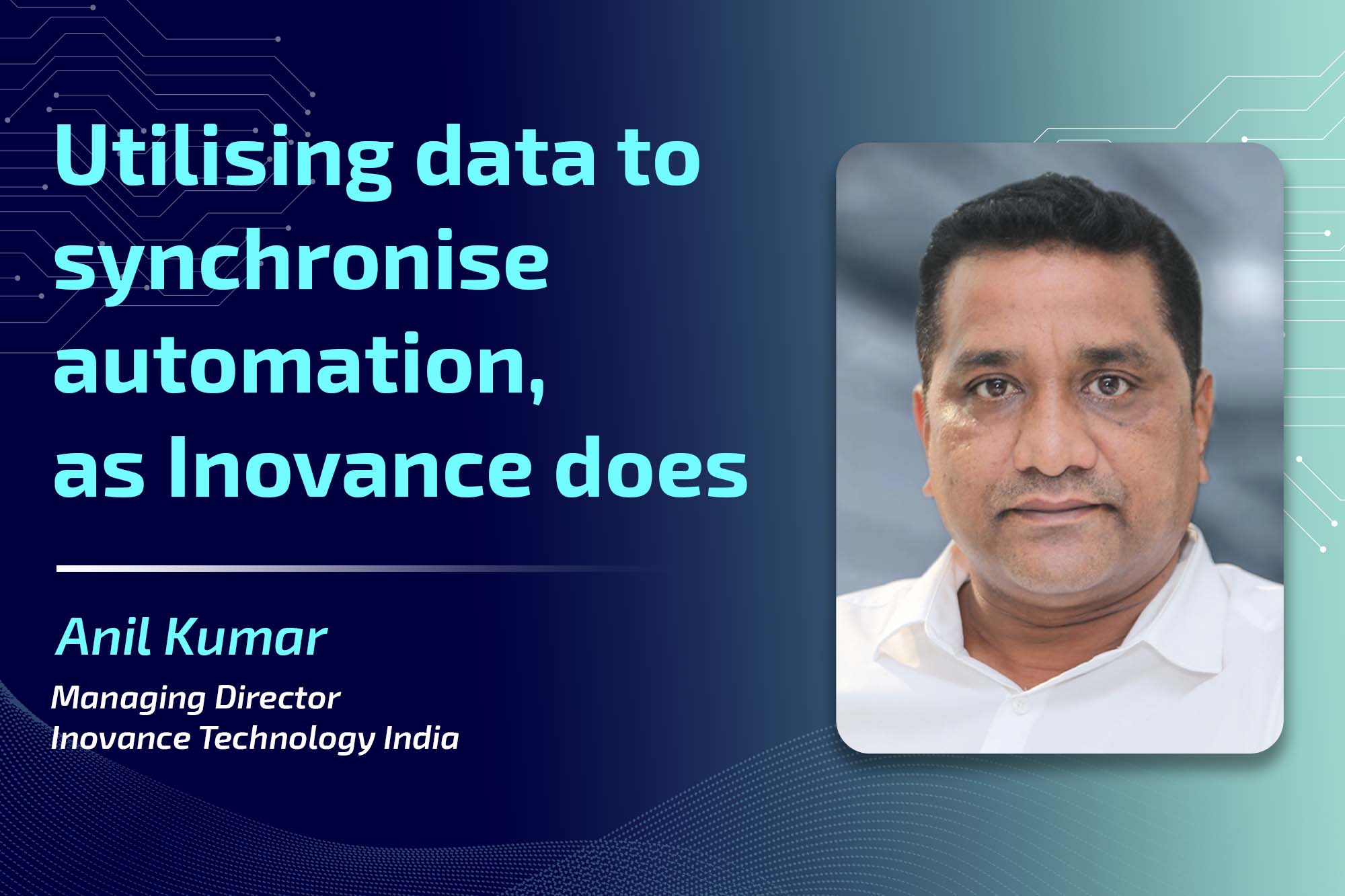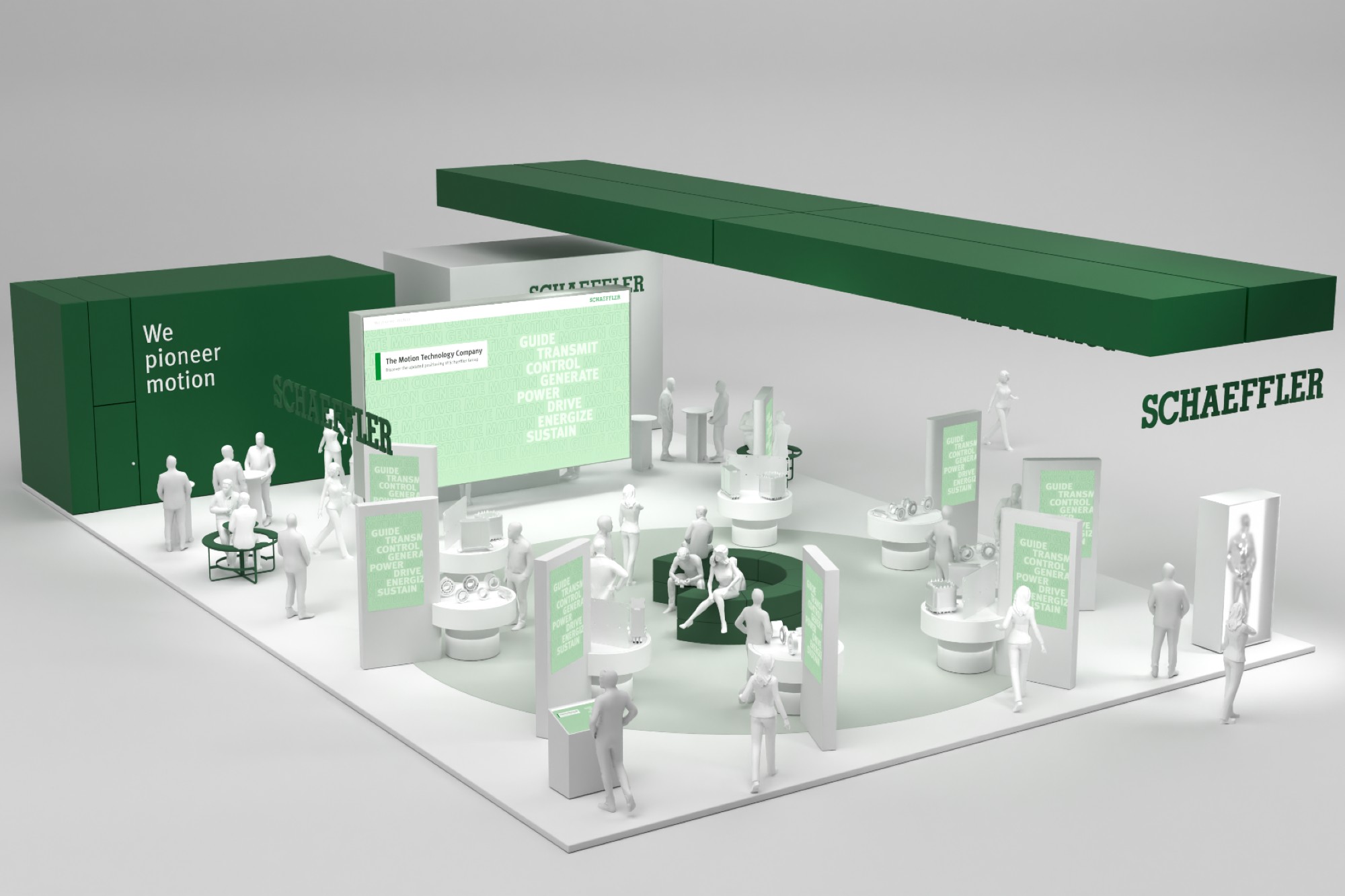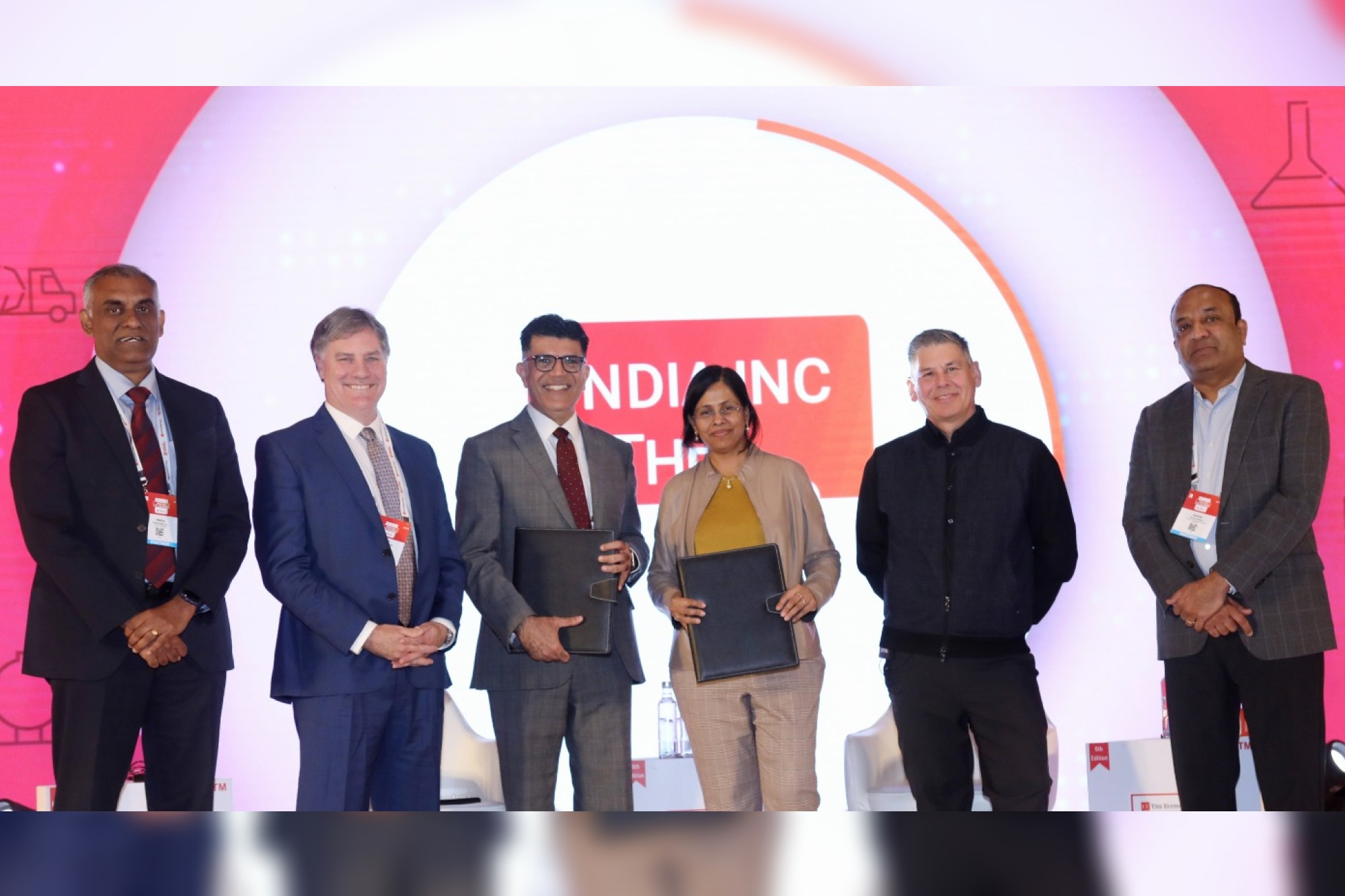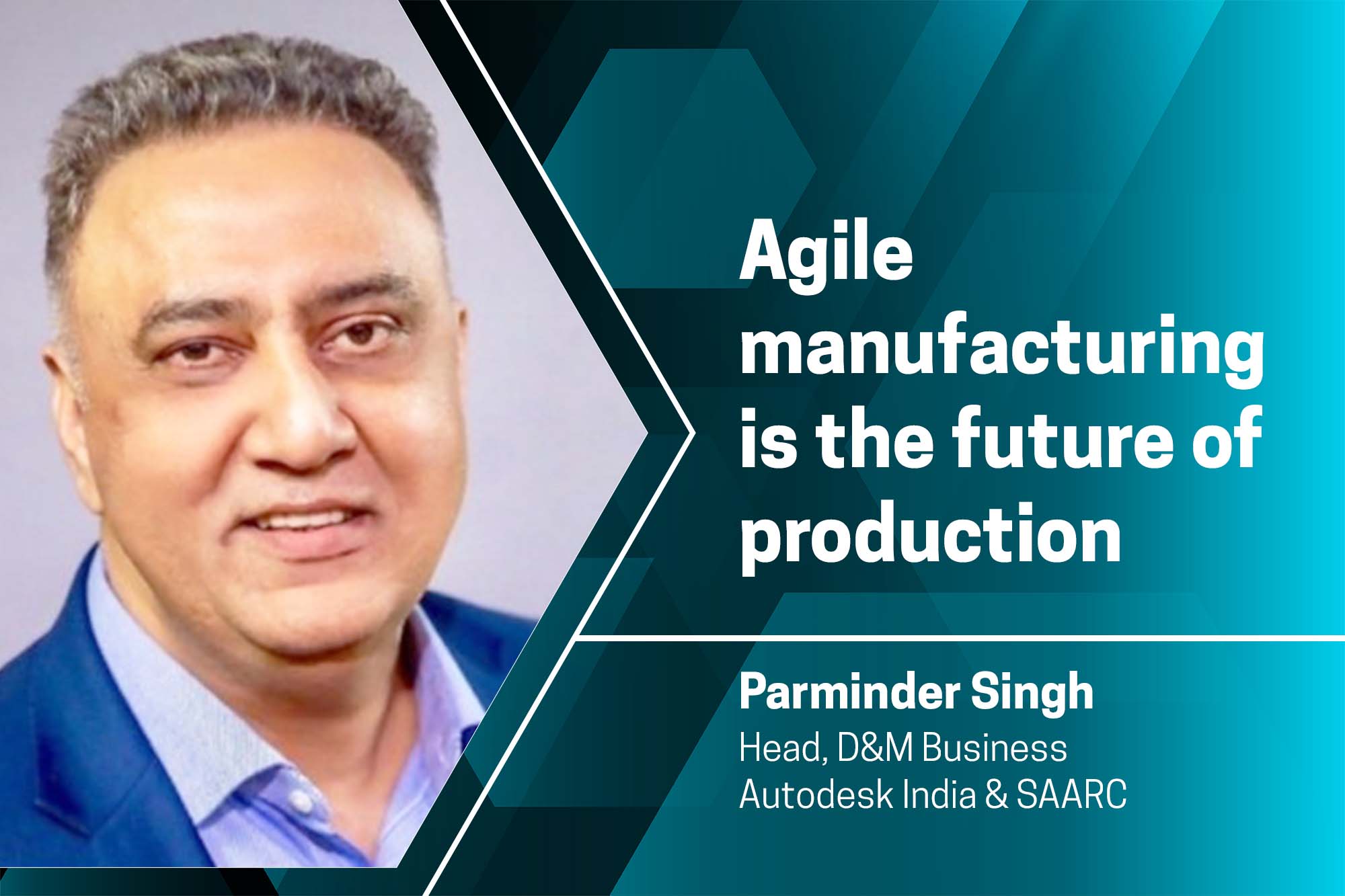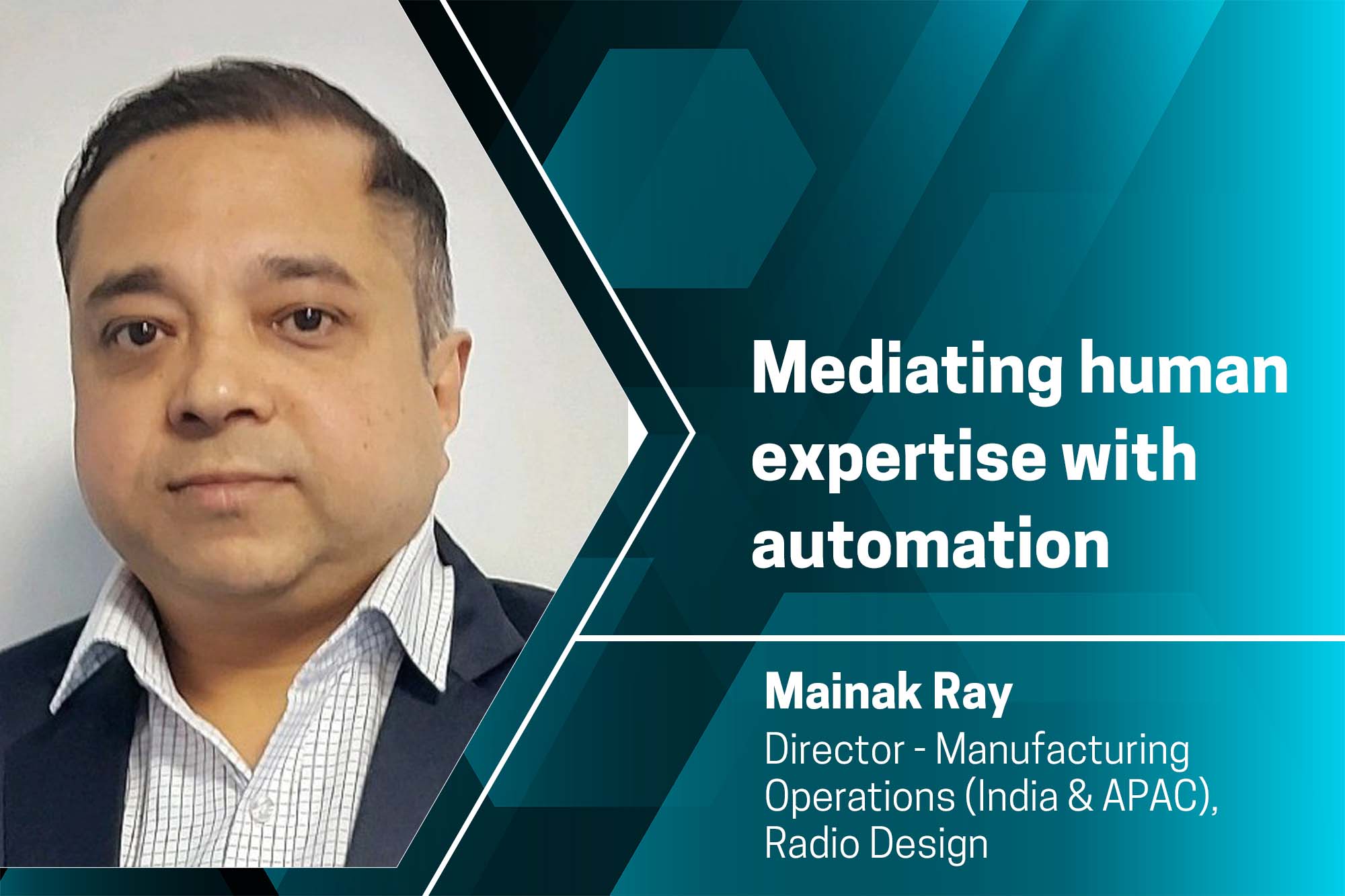PLI to elevate India’s status as hi-tech manufacturing hub
By OEM Update Editorial June 9, 2022 10:15 am IST
PLI initiative introduced by the government, first in March 2020 and later in Nov 2020, cover 13 important sectors ranging from automotive components.
Sameer Gandhi, Managing Director, OMRON Automation told OEM Update that PLI is expected to show very positive results in making domestic manufacturing more competitive via creation of national manufacturing champions with localized production bases and supply chains.
Manufacturing with Industry 4.0/ 5.0 to optimize production in present times of digital adoption
Industry 4.0 led smart manufacturing can spearhead transformation of India’s manufacturing by adding value to many aspects. It’s an amalgamation of many technologies such as computational power, IoT, business analytics, advanced robotics, artificial intelligence, additive manufacturing/ 3D printing, augmented reality, etc. Of these, additive manufacturing, autonomous robots, digital manufacturing, industrial internet and agile product development influence manufacturing the most. The smart factories empowered with Industry 4.0 or 5.0 allow operations to be executed with high reliability and minimal manual intervention. Automated workflows, improved tracking and scheduling, optimized energy consumption and synchronization of assets – integral to a smart factory – increase uptime, quality and yield as well as reduce costs and waste.
I would also like to add that currently, the investment for automation across many industries may not be very high because the overall level of manufacturing is not very complex as compared to other countries (the countries which have already touched high levels of manufacturing need high levels of investment to go to the next level). This indicates that the Indian industry actually has the opportunity to ‘leap frog’ this Automation Curve by taking full advantage of the Industry 4.0 or 5.0 automation technologies that are available today and to turn out world class products.
How PLI extended will impact manufacturing and production to increase with AI, IIoT and additive manufacturing?
PLI initiative introduced by the government, first in March 2020 and later in Nov 2020, cover 13 important sectors ranging from automotive components, white goods, aviation to renewable energy and is expected to show very positive results in making domestic manufacturing more competitive via creation of national manufacturing champions with localized production bases and supply chains. This is going to translate into a significant rise in needs of enhancing technology and export capabilities leading to more business opportunities for I4.0 based automation solutions (including IIoT, robotics, additive manufacturing) providers. Minimum production in India as a result of this scheme, is expected to be over US$ 500 billion in 5 years. Since, this investment will be for primarily new manufacturing and largely export oriented or a substitute for imports, manufacturers will have to meet global standards of quality and productivity. AI, IIoT will play a key role to achieve this thus leading to a demand increase for such solutions.
Indian manufacturers to attract investments ensuring efficiency and cutting edge technology Initiatives like PLI (Production Linked Incentive schemes) are surely going to act as a catalyst to strengthen India’s progress on the path of becoming the hub for hitech manufacturing. This is already getting evident by the investment done in setting up manufacturing plants by global giants in the country over the last few years.
Another notable aspect here which is contributing to the rise in investment is the rising consideration towards developing smart cities, EV vehicle production & infrastructure and industrial corridors. With all this, one can expect a strong movement & development in the infrastructure segment in the near future which will surely assist in giving a strong impetus to industrial development leading to opening of more vistas for adoption of cutting edge technology. Having said all this, I would also like to highlight the delivery challenge created by the worldwide post pandemic semiconductor & resin shortage. Though manufacturers are trying to take care of it by adopting measures like increasing the production capacity, redesigning products so as to move away from hard-to-find components, renegotiating with suppliers to increase allocated production volume, it might take some more time for us to see the major improvements. The positive indicator is high order booking but the downfall is that it’s impacting makers’ ability to deliver to customers.
Smart factories evolving with AR and autonomous robotics implementation
Robots started manifesting, effectively, in the manufacturing world around five decades ago and have been steadily gaining attention globally. As per the International Federation of Robotics, while the global average robot density in manufacturing industries stands at 74 robot units per 10,000 employees, adoption in India has been slow. The data from IFR (2021) states that the number of robot installations in India grew at a CAGR of 20% between 2013-2018, India’s current robot density (number of robots deployed per 10,000 employees) is only around 4 (IFR). In fact, Installations in India dropped by 25% to 3,215 units in 2020. Bigger manufacturers like automotive, secondary packaging, FMCG, consumer electronics have made considerable progress in adopting both robots and cobots.The key application used arePick & Place: Simple activities like picking and placing in a matrix or palletizing, but also complex ones like identifying randomly oriented objects and placing in precise matrices. The robots deliver precision, and speed to the applications leading to greater levels of productivity and quality. Goods Movement: Autonomous Mobile Robots (AMRs) and Automated Guided Vehicles (AGVs) will surely have an important and greater role to play in the Indian industry. Quality Inspection & Precision: especially for the tasks which require very high level of precision where makers do not wish to depend on manual intervention. Handling naked food like chocolates, cookies, sea food, etc. also fall under this category.
PLI with FAME II can help MSMEs achieve maximum localization of components
They will surely help to a great extent and will turn out an enabler for large investment in technology and capacity. PLI and FAME II, will boost capex investment. And since these are time-bound programs such investment is expected to accelerate the adoption of newer technologies such that MSMEs can support the larger manufacturers both in terms of quality and productivity .How do you evaluate the manufacturing growth given Rs. 3 lakh crore of PLI incentives to be paid out? As per the Ministry of Commerce & Industry, over the next five years, the Scheme is expected to lead to a total production of about INR 10.5 lakh crore. More than 60% of production is expected to be exported. The scheme is also expected to bring in additional investment of INR 11,000 crore. Value addition is expected to go up from 20-25% presently to 35-40 percent by 2025. The scheme will generate approximately 2 lakh direct employment opportunities in next 5 years along with creation of additional indirect employment of nearly 3 times the direct employment.
All this reiterates the government’s intent to pay special attention to long-term growth of India’s manufacturing sector by providing a strong financial booster shot in the form of this PLI scheme. I am very hopeful that will help a lot in making our manufacturing sector globally competitive and paving way to make India Atamanirbhar.
Cookie Consent
We use cookies to personalize your experience. By continuing to visit this website you agree to our Terms & Conditions, Privacy Policy and Cookie Policy.



